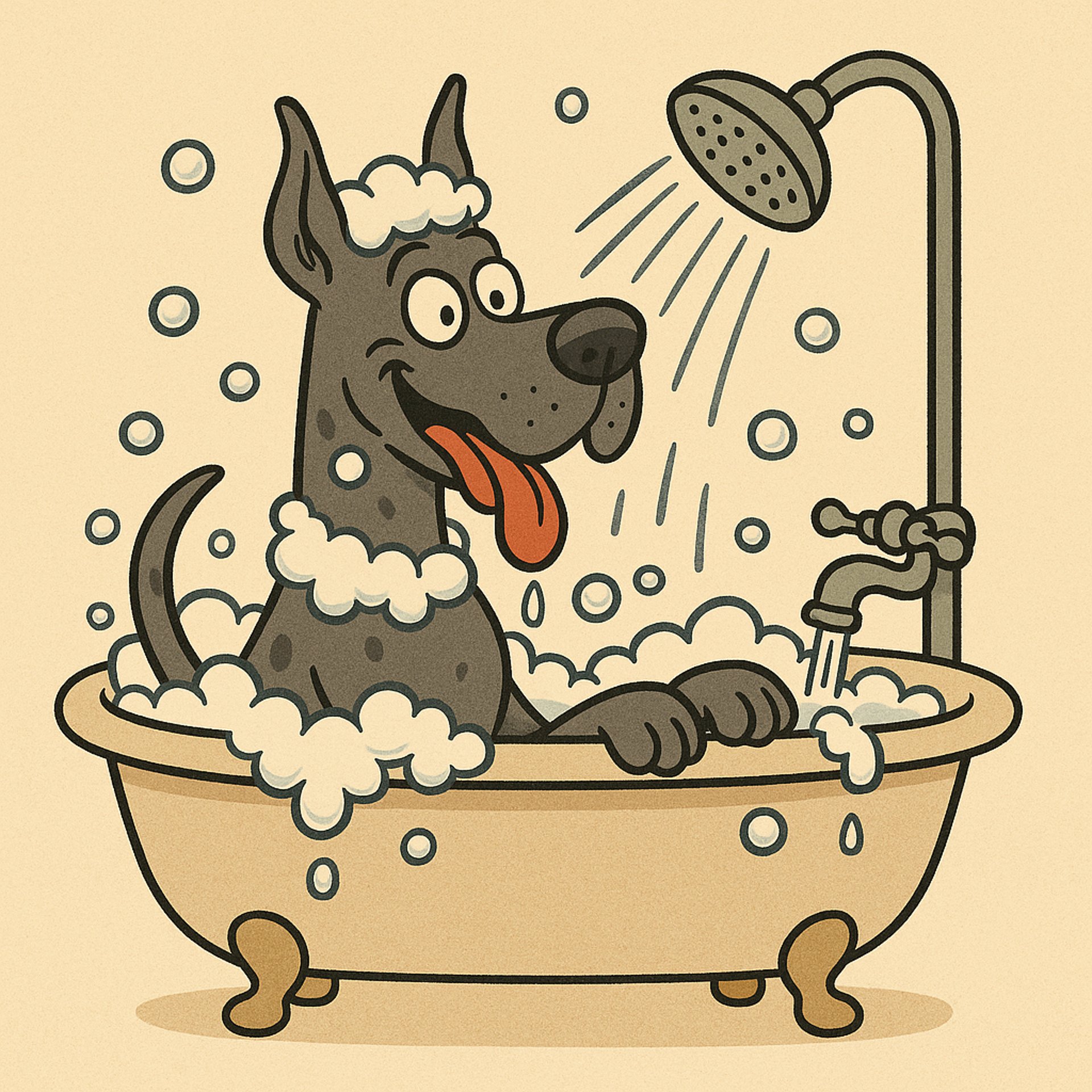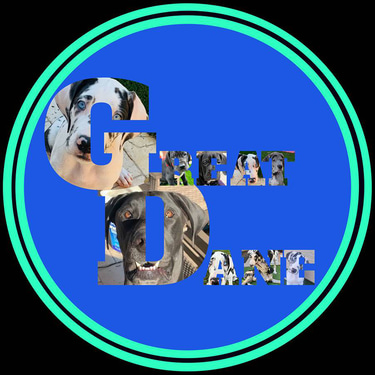Nutrition
This is what I've always fed my Danes


Here's a comprehensive Great Dane Nutritional Guide tailored for their unique size, metabolism, and health risks:
🦴 Great Dane Nutritional Guide
🐶 Why Nutrition Is So Important for Great Danes
Great Danes are giant-breed dogs with specific dietary needs. Because of their rapid growth and risk for conditions like and (Gastric Dilatation-Volvulus), careful nutrition is critical—especially during puppyhood. This is usually caused when dogs eat too much too quickly, and exercise shortly after eating. The stomach can twist or fill with air if too much exercise before eating as well. If you are a new Great Dane owner, please make sure your dog doesn't have too much physical activity right before eating and or too much immediately after eating. Please watch the video so you can recognize the symptoms of bloat.
🍽️ Key Nutritional Needs
Nutrient Why It Matters for Great Danes Recommended Source Examples High-Quality Protein Supports muscle development and maintenance Chicken, beef, lamb, fish, turkey Moderate Fat Provides energy without causing obesity Fish oil, chicken fat Controlled Calcium & Phosphorus Prevents skeletal growth issues during puppyhood Balanced puppy formulas for large breeds Glucosamine & Chondroitin Promotes joint health Fish, shellfish, supplements Fiber Aids digestion Sweet potatoes, pumpkin, brown rice Omega-3 Fatty Acids Reduces inflammation, supports joints and skin Fish oil, flaxseed Taurine & L-Carnitine Supports heart function Meat-based diets or supplements
🐾 Puppy Nutrition (Up to 18–24 Months)
Feed large or giant-breed puppy food with controlled calcium (1.2–1.5%) and phosphorus (1.0–1.3%).
Avoid overfeeding—slow and steady growth helps prevent orthopedic problems.
Do not supplement with calcium unless advised by a vet.
🕒 Feeding frequency:
2–3 months old: 4 meals/day
3–6 months old: 3 meals/day
6+ months: transition to 2 meals/day
🐕 Adult Nutrition (2–6 Years)
Switch to a giant-breed adult formula with balanced protein (around 22–26%) and fat (12–16%).
Watch calories—Great Danes can be prone to obesity, which stresses joints and the heart.
Add joint supplements proactively.
👴 Senior Danes (6+ Years)
Lower-calorie diets may help avoid weight gain with reduced activity.
Prioritize joint support, heart health, and easy digestibility.
Include prebiotics and probiotics for gut health.
⚠️ Special Considerations
Bloat prevention:
Feed 2–3 smaller meals daily instead of one large one.
Avoid vigorous exercise for at least an hour before and after eating.
Use a slow feeder bowl to reduce gulping.
Some vets recommend a gastropexy surgery to reduce risk.
Food allergies/sensitivities: May require limited-ingredient or novel protein diets.
Raw or homemade diets: Consult a canine nutritionist or vet to ensure proper balance.
Digestion: Danes have sensitive stomachs and probiotics can be helpful to help with digestion.
✅ Sample Daily Feeding Plan (Adult Dane ~140 lbs)
Meal Food Type Quantity (Approx.) AM High-quality kibble + topper 3–4 cups PM Kibble + wet food or protein 3–4 cups Optional Fish oil or joint supplement As directed
📝 Always follow calorie guidelines from your vet based on your dog’s age, weight, and activity.
Would you like a printable version, feeding chart, or specific brand recommendations (e.g. kibble vs raw vs homemade)?
I am learning more and more about a healthier way to feed our precious fury friends. Recently, I have discovered this company that makes fresh food tailored to their needs! Find my links on the bottom of this page.

